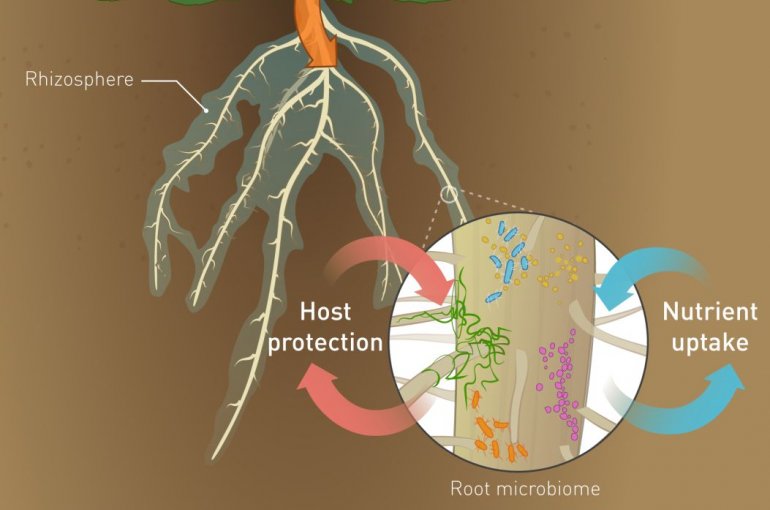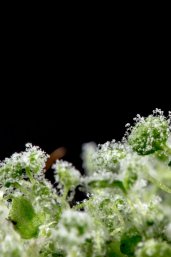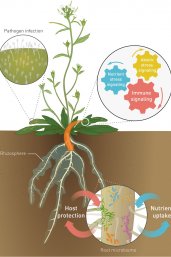Plants modify microbial communities on their roots to warn their offspring of attack
Publications in ISME Journal and Cell

When plants are attacked by microbial pathogens, they recruit specific beneficial microbes to their roots that stimulate the plants’ immune system, resulting in increased resistance to the attacker. Moreover, the increased abundance of these microbes benefits a next population of plants growing in the same soil. These findings by biologists of Utrecht University were published last week in ISME Journal, together with a commentary in Cell.
“We already knew that in the surrounding soil of plants, species-specific pathogens accumulate that over the years increasingly limit agricultural yields and change the demography of wild plant populations. Also, it has been reported that after severe disease outbreaks, soils can develop microbe-based disease suppressiveness. Our research now demonstrates that plant roots recruit specific microbes after pathogen attack”, says dr. Roeland Berendsen, first author of the ISME publication.
Cry for help

“As it turns out, plants are able to cry for help upon attack and selectively attract beneficial microbes to come to their aid”, research leader prof. Corné Pieterse from Utrecht University explains. “In addition our results indicate that plants use their root microbiome to signal to their offspring that there is virulent pathogen present.”
Cell commentary
In the commentary in Cell, that was published in the same week, the Utrecht biologists describe exciting developments in the quickly evolving field of study into the plant microbiome. “From this, it is becoming rapidly evident that microbial communities assist the plant with diverse functions. In our commentary we discuss how plants seem to prioritize the microbiome functions they require. Subsequently they coordinate the performance of microbes to best help cope with either pathogen attack, nutrient deficiencies, or abiotic stresses such as heat or drought”, first author dr. Peter Bakker summarizes.

Figure: Soil-Borne Legacies - Management of the Root Microbiome
Upon perception of (a)biotic stress, plants respond by adjusting their root exudate profiles. Root exudates can directly relieve stress—for instance, by improving nutrient availability—but also affect the root microbiome. By secreting a mixture of both stimulative and selective metabolites, plants adjust the microbiome in the rhizosphere, the zone of soil surrounding the roots that is influenced by the roots. The distinct biotic, abiotic, and nutrient stress responses are coordinated to stimulate those microbiome functions that the plant most desperately requires. The promoted microbiome members can assist the plant in uptake of nutrients and water or protect against invading species, but they may also serve as a signal of adverse conditions experienced by the plant. In this way, the microbiome can form a soil-borne legacy that benefits a next generation of plants.
This research was supported by ERC and the NWO-TTW perspective programme Back2Roots.
Publications
‘The Soil-Borne Legacy’
Peter A.H.M. Bakker, Corné M.J. Pieterse, Ronnie de Jonge, Roeland L. Berendsen
Cell, March 2018, 172, 1178–1180, https://doi.org/10.1016/j.cell.2018.02.024
‘Disease-induced assemblage of a plant-beneficial bacterial consortium’
Roeland L. Berendsen, Gilles Vismans, Ke Yu, Yang Song, Ronnie de Jonge, Wilco P. Burgman, Mette Burmølle, Jakob Herschend, Peter A. H. M. Bakker & Corné M. J. Pieterse
The ISME Journal, March 2018, https://doi.org/10.1038/s41396-018-0093-1

